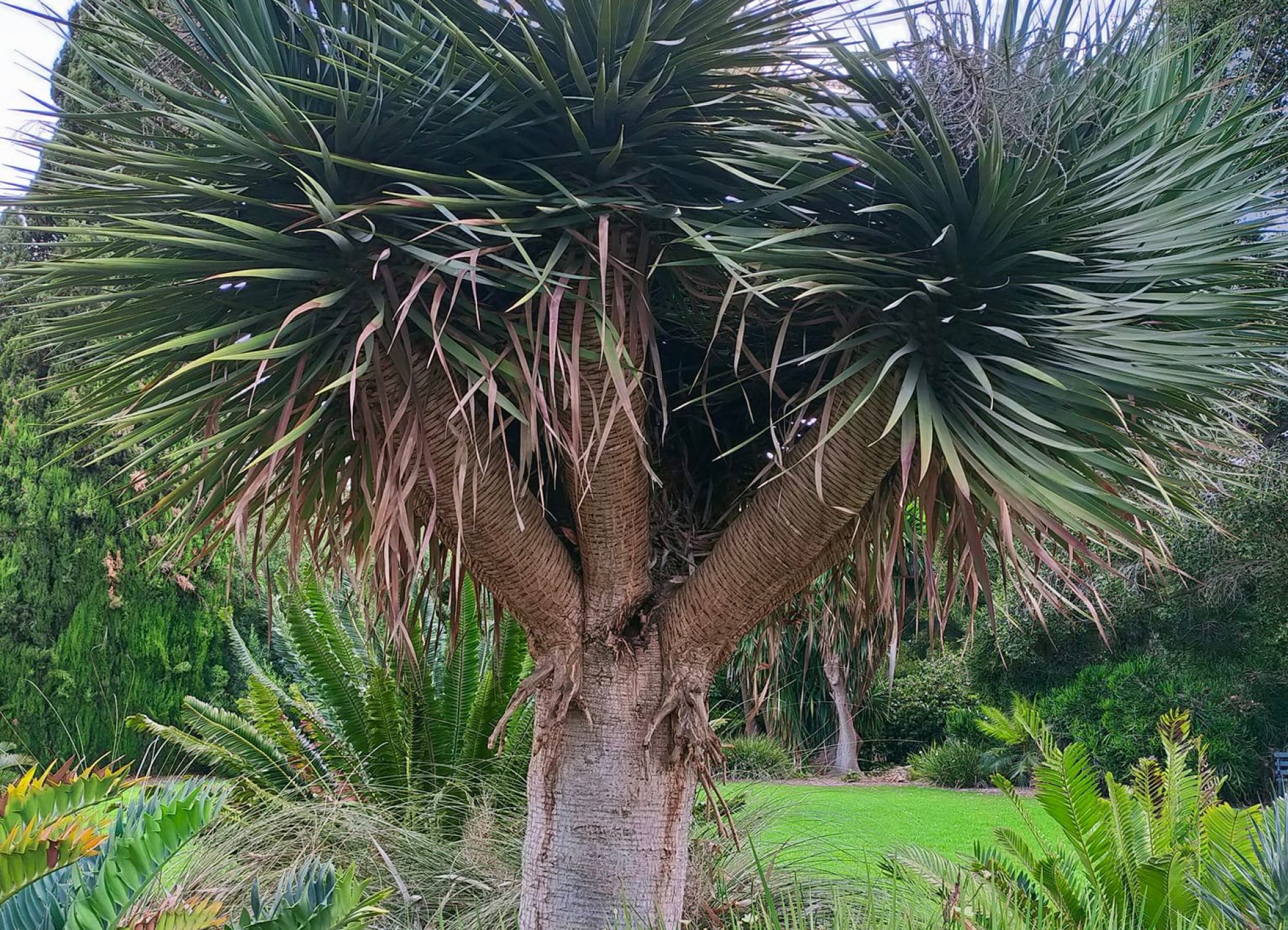My vision of disaster studies is about not only trying to understand how the world behave in chaos or crisis and what to do about it; It is also about understanding the world in its ‘normal situation’ and how to fix it in ‘normal situation’. For example, before one tries to understand how public administration and bureaucracy work under crisis and emergencies, as a student in disaster studies, one must try to establish the ‘baseline’ condition – ‘normal situation’. And asking question: how to fix it right before chaos and crisis become unmanageable? By doing so, disaster management students have the privilege to look at two scenarios of the realities – it is about being one step ahead of a generic public administration students or traditional social science students in understanding the reality.
Disaster risks are real world problems that cannot simply be solved by mono or even multi-disciplinary lenses. What we want to achieve in the end is to save lives and to make the earth a better place for everyone. Saving lives can have hundreds different meanings ranging from rapidly response to a catastrophic event to de-escalate humanitarian crisis or retrofit housing informed by detailed local seismic map to risk awareness such as asking people run to higher ground anticipating a tsunami event to the promotion of health in refugee camps. These require civil engineering knowledge, geological knowledge, seismic mapping skills, health promotion skills, humanitarian response skills, personal security skills and so on. But also it requires public administration and political science skills in order to bring seismic risk a public policy and political agendas.
Disaster studies benefit from more than 50 scientific disciplines. Therefore my approach is to use two scenarios in my teaching: First is to promote the “non-disciplinary approach” (as once advocated by David Alexander at UCL London) which is in favor of ‘tearing down’ the disciplinary walls so people can collaborate in a more efficient and effective ways. Second, crowing complexity of the field often requires us to work more collaboratively via both interdisciplinary and transdisciplinary approaches. Some have argued that transdisciplinary should be encouraged as a new culture of doing research and teaching. While this might not be always the case, this is at least too obvious from the disaster studies as the field is still young and has been grounded on or benefiting from more or less 50 disciplinary fields.
I am personally committed to high quality teaching informed by not only cutting edge research and smart practices but also by looking at historical development of the subject matter concepts and ideas throughout history. I recognize diverse needs of the students. My goal is to make a student find and discover the strength of his/her academic discipline in approaching the problem of risk, emergency, crisis and disasters. This approach encourages students to be able to connect with her/his previous academic and professional backgrounds with the present disaster studies that she/he is taking.
I am aspiring myself to be a non-traditional teacher. While acknowledging the wisdom of teaching from the past regarding high quality content and teaching materials, I am mindful of the need for creating sense of purpose and of direction for where future learners will demand from their teachers. In my view, the best teachers are those that continues to learn from all the direction and situation including their classrooms. Every student brings her/his own unique capability. Every class in every week is a new dynamic. Therefore a teacher must be always ready and adaptive to new situation as things change. And learning momentum needs to be created. Teachers should be ready to help students rediscover their joy in their original field and how they can look at disasters and risk from different disciplinary lenses. I believe in adult education pedagogy which treated students as subject and resource person rather than an object of knowledge disposal.
